This post may contain affiliate links. This just means I may receive a small commission at no extra cost to you for helping them promote their product or service. I don’t endorse any services I don’t personally use or recommend.
People are a little confused about the whole Cuba thing. Are Americans allowed to go or are we not? Obama opened the gates for tourism back in 2014 and then Trump promptly closed them (or at least made it a little more difficult) again in 2018. But the answer is YES. Absolutely YES you are legally allowed to go to Cuba and I highly H-I-G-H-L-Y recommend it. Here’s how to travel to Cuba as an American.
How to Travel to Cuba as an America
You have a few options as an American citizen looking to visit Cuba. Well, essentially two legal options. Because of the tumultuous relationship between the United States and Cuba since the 1950s, the United States has implemented A LOT of stupid rules to discourage travel between the two countries. But Cuba is incredible. You can hike in Trinidad, smoke hand-rolled cigars on horseback in Vinales, explore isolated beaches, and learn about the dire circumstances for many locals in Cuba and more importantly — how you can help.
Option 1: Support of the Cuban People Visa
You cannot travel to Cuba strictly for tourism purposes. Cuba has 12 visa options and most travelers can fall easily under the “Support of the Cuban People” visa. This essentially means you will be contributing to the local economy and helping to improve the life of locals in some way or another.
On top of the beaches, history, architecture, cheap prices, rum, and tobacco you are contributing to a country desperately trying to rebuild itself. Life for Cubans is expensive and they are just recently permitted to operate their own restaurants, ice cream shops, and Airbnb-style guesthouses. This is called “The Private Sector” and spending money here will give you the best food options, unique guesthouses with knowledgeable hosts, and put money straight into the pockets of Cuban people. This kind of travel all falls under the “Support of the Cuban People” visa. A little independent tourism loophole if you will.
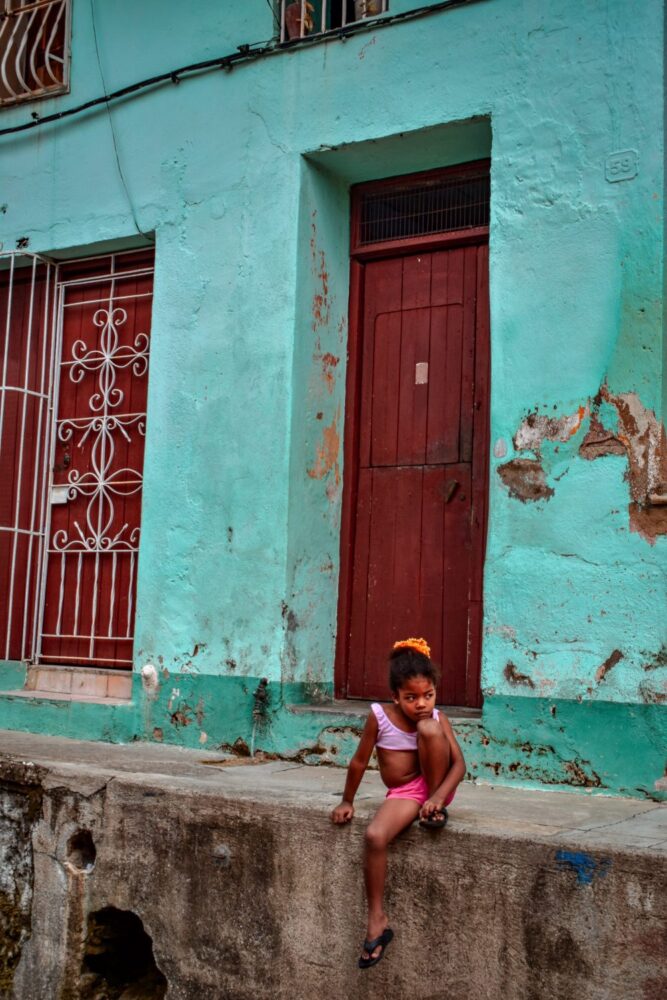
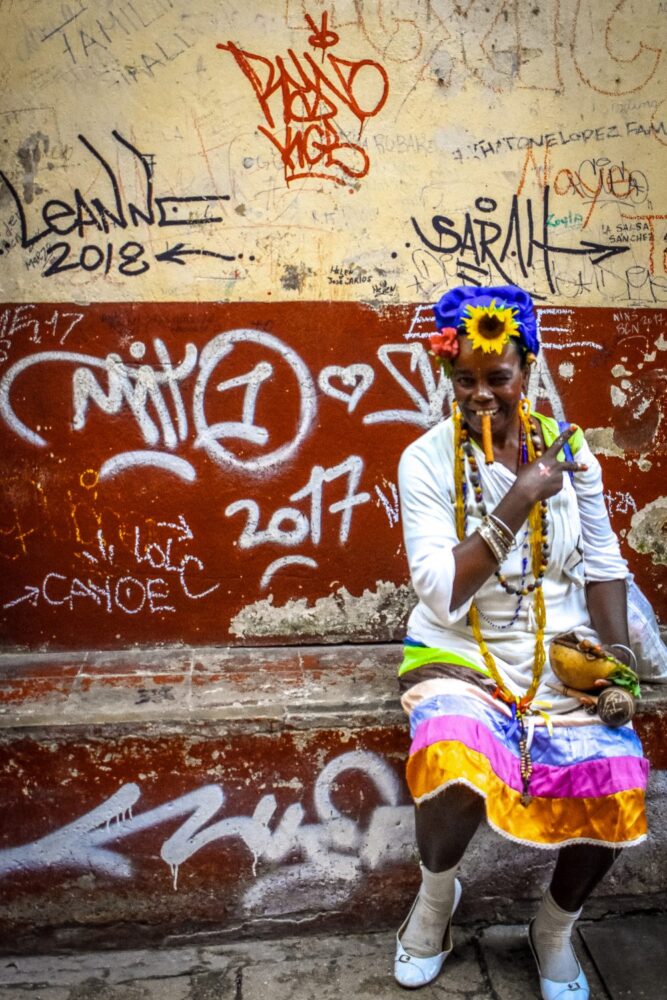
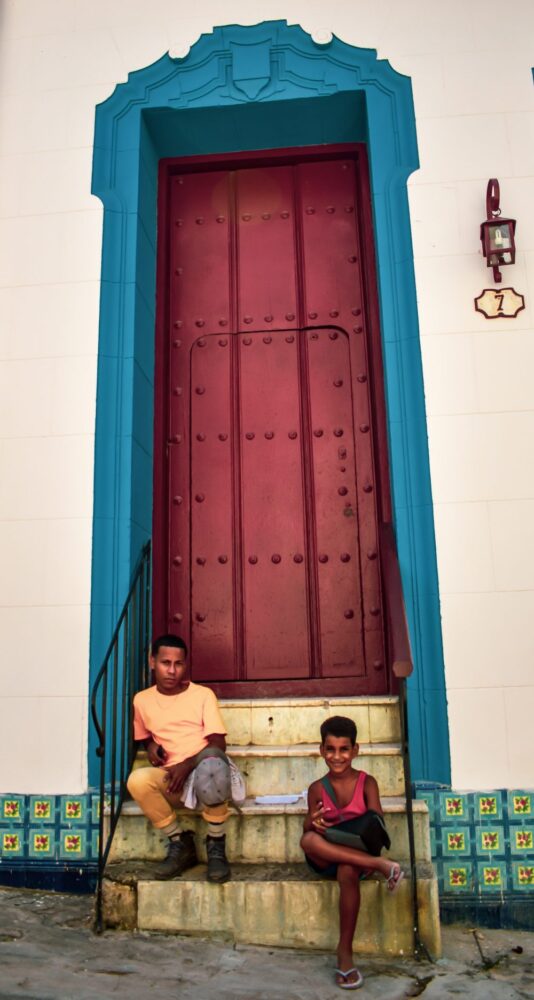
Option 2: A fully guided tour.
You are 100% legally allowed to visit Cuba with a sanctioned tour and guide to supervise you at all times.
The most government-approved form of travel in Cuba is through tour groups. They offer a variety of scheduled activities including exploring the tobacco valleys, rum tasting, or museum hopping in Havana. There are tours specifically set up for foodies or for the ocean lover who just wants to relax on Havana’s more scenic coastlines. The problem is most tour companies are insanely expensive.
How they work
They operate under the “people to people” Cuban visa and allow American citizens to contribute directly to the Cuban people. Americans aren’t legally allowed to stay in hotels or eat at restaurants where the money benefits the Cuban military so this route ensures that you would be abiding by those rules. You also have the benefit of having a walk-around tour guide to fill you in on Cuba’s rich history as well as hopefully the possibility of meeting some new friends in your tour group. Another major benefit for those with limited vacation time..direct flights! Instead of a layover in another country where you have to immigrate and go through customs, you can fly straight to Cuba! It’s only 100 miles off the coast of Florida after all.
Getting to Cuba as an American (for option 1)
If you’ve decided on option 1– independent travel in Cuba, let’s figure out how to get you there. Because with no “tourism” officially allowed you’ll notice that you cannot book direct flights to Cuba. Instead, you have to purchase two separate flights. One into Mexico (most commonly) and another onward into Cuba.
Cheapest Way: Fly with a layover in Mexico (or Panama)
This is the way I did Cuba. It’s a great way to explore the country all on your own and pick and choose the exact sights that you want to see. I’m not a huge museum kind of person. I tend to gravitate more toward the beach (with a pina colada) or anywhere I have a chance to spot exotic animals, while others may be looking for a more food/history-centered trip. This route allows you to do WHATEVER you want -stay a week in Havana, stay 2 nights, or skip it altogether…the world is your oyster. Don’t completely skip Havana though you’ll seriously regret it.
Booking the Flight
You will book the flight like you normally would. You can even book it round-trip and put “Cuba” as the destination. Just make sure you stop somewhere along the way. It will likely be a destination like Mexico City or Cancun or even Panama City.
I opted for the LONG layover. We’re talking 20 hours. It’s my new favorite way to travel because it breaks up the long flight and allows you to leave the airport to get a glimpse of a whole new city. I’ve done it in Singapore twice! It’s like two trips in one (kinda, maybe I’m a little bit of an optimist). Whatever you do just make sure to go to your airline’s counter before your last leg to Cuba and purchase a Visa.
Cuban Visas: There are technically 12 categories you can purchase a Visa under ranging from Religious to Support of the Cuban People. The easiest reason to claim as a tourist is the latter. I am eating in their restaurants and buying their goods so technically I’m supporting them, right?
I was told that going independently I should ask the customs counter in Cuba to NOT stamp my passport but to alternatively stamp my Visa paperwork, which I did. But Evan did not. Either way, no one hassled us or even looked twice at our passports when we were coming back to the USA. But if you want to be on the safe side just ask them to not stamp it.
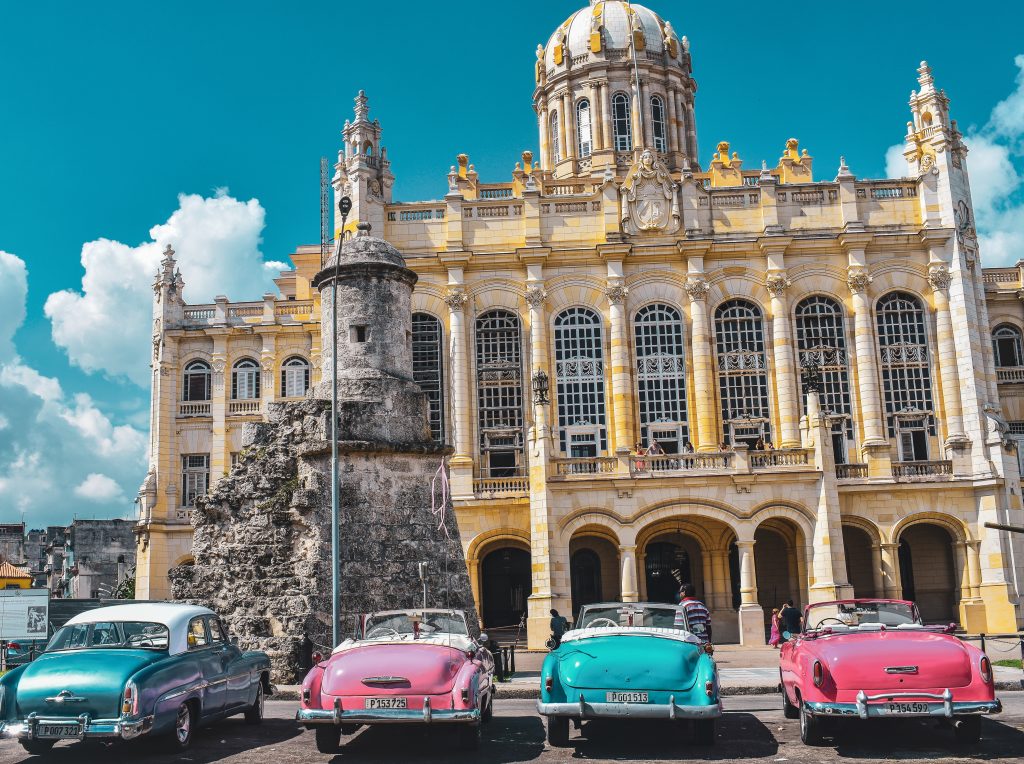
Important Things for Americans to Know About Cuba
Here are a few things you should know before you visit Cuba as an American
Best Time to Visit Cuba
We visited Cuba in June and had wonderful weather the entire time. But Cuba does get a rainy season as well as a variety of other natural disasters like hurricanes you should avoid if you can.
This website breaks down the best times to visit Cuba and the pros/cons of each month.
Cuba’s Two Currencies
Whatever route you choose you are going to need to be somewhat familiar with Cuban currency. It gets a little confusing because they have two. The Cuban Convertible Peso (CUC) and the Cuban Peso (CUP). The Cuban convertible is most commonly used by tourists and is equal to 1 USD. You will end up dealing in CUC most commonly 1) Because it is the currency you will be given at the airport exchange. 2) Because you will be charged “Tourist Prices” on the island. The Cuban Peso is going to be used to pay for street food and small items like coffee at a local cafe and food from authentic Cuban restaurants. 1 USD or 1 CUC is equal to around 25 CUP. So if you don’t learn the difference it’s easy to get ripped off.
A quick way to differentiate between the two… CUC has statues and monuments on it while CUP has faces similar to the United States Dollar.
If you travel with a group from the US odds are that most activities will be paid for in advance. So you won’t have to worry about currency conversion and handling money carefully (as much). But for the backpackers out there, here are a few other financial hurdles it’s helpful to know in advance.
5 Tips for Cuba’s Financial Hurdles
This is the trickiest part of traveling to Cuba as an American.
- Before you arrive in Cuba it is financially beneficial to convert your USD to the Canadian Dollar or Euro. THEN convert to CUC on arrival in Cuba. This is because there is a 10% tax taken off the top for any USD exchanged in Cuba.
- Consider exchanging to CAD or Euros at a local currency exchange in your home country. I use LA Currency and rates are significantly better than what you would get at the bank or airport.
- From the moment you get to Cuba make 100% sure that all the money given to you is the correct Cuban currency. It doesn’t happen often but it’s an easy way for people to scam tourists.
- BRING ALL THE CASH YOU ARE GOING TO NEED. I cannot emphasize that enough. You will have NO access to banks, credit cards, online money transfers, the internet via smartphone, or ATMs of any kind. Cuba is a unique travel destination in that the only money you have will be the cash in your wallet. With that in mind be extra careful where you put it because pick-pocketing does happen on occasion.
- My biggest travel tip is to bring 200 USD more than you think you’re going to need. Because let’s face it you’re gonna want cigars, you’re gonna want rum, and there will be nights you want to splurge. It’s nice to have the freedom to pay for a spontaneous adventure when one comes around.
You’re Ready to Plan Your Cuban Vacation!!
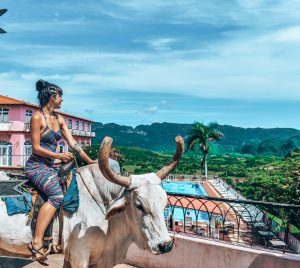
Now that you have the inside knowledge on getting to Cuba it’s time to plan your stay! Here are some helpful blog posts to get you started.
- Your Guide to Cuba’s Best Beaches
- A Guide to Food in Cuba
- My Three-Week Itinerary in Cuba
- Support of the Cuban People

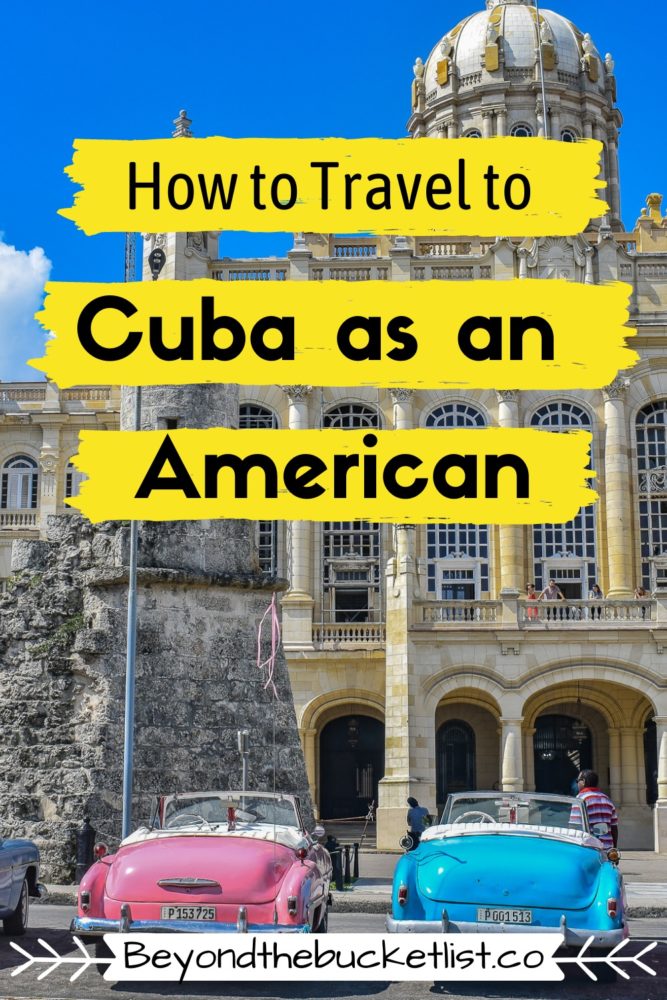
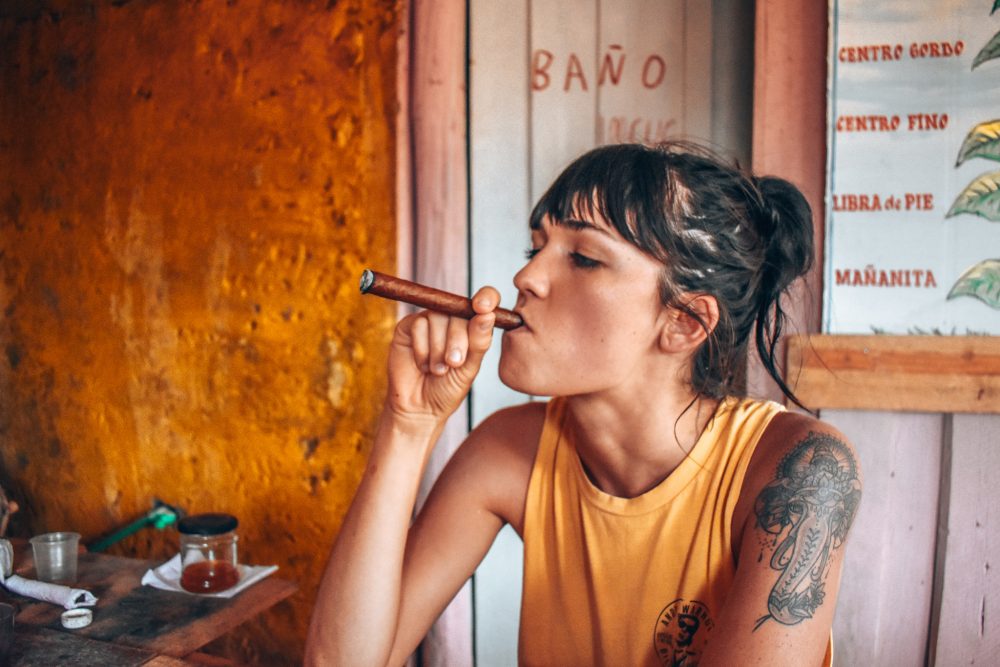
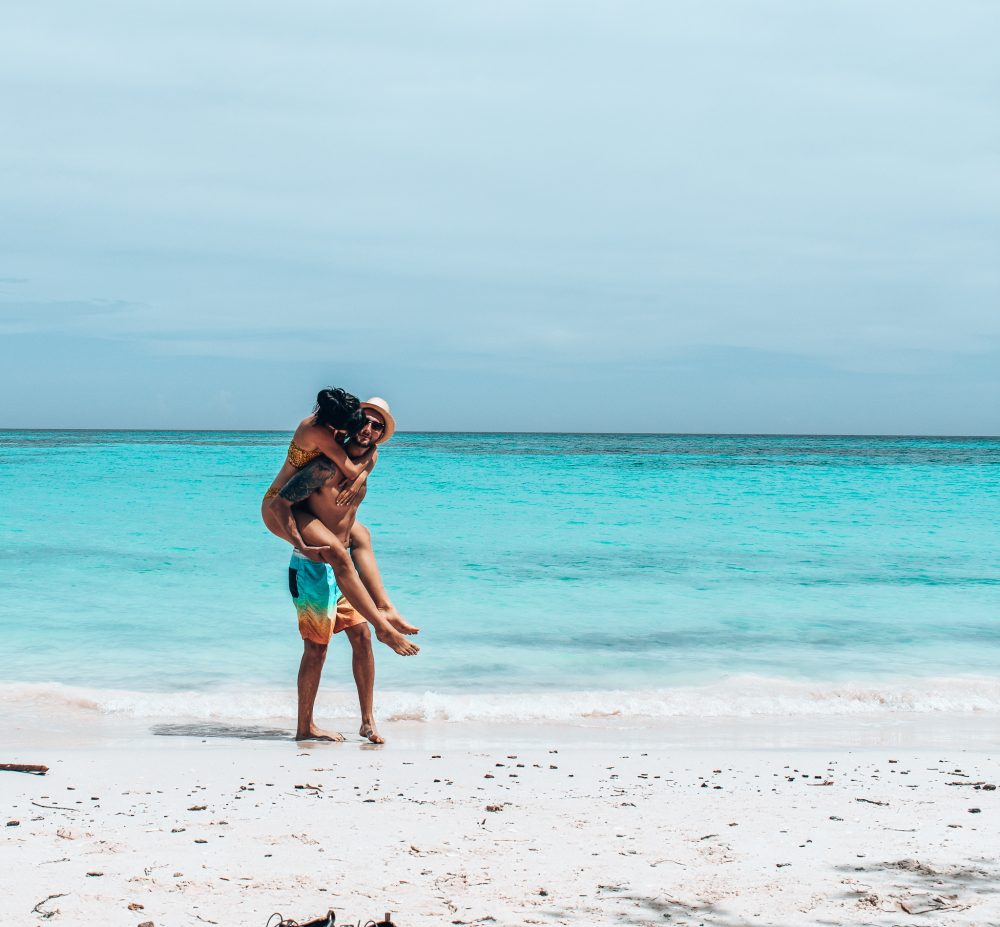
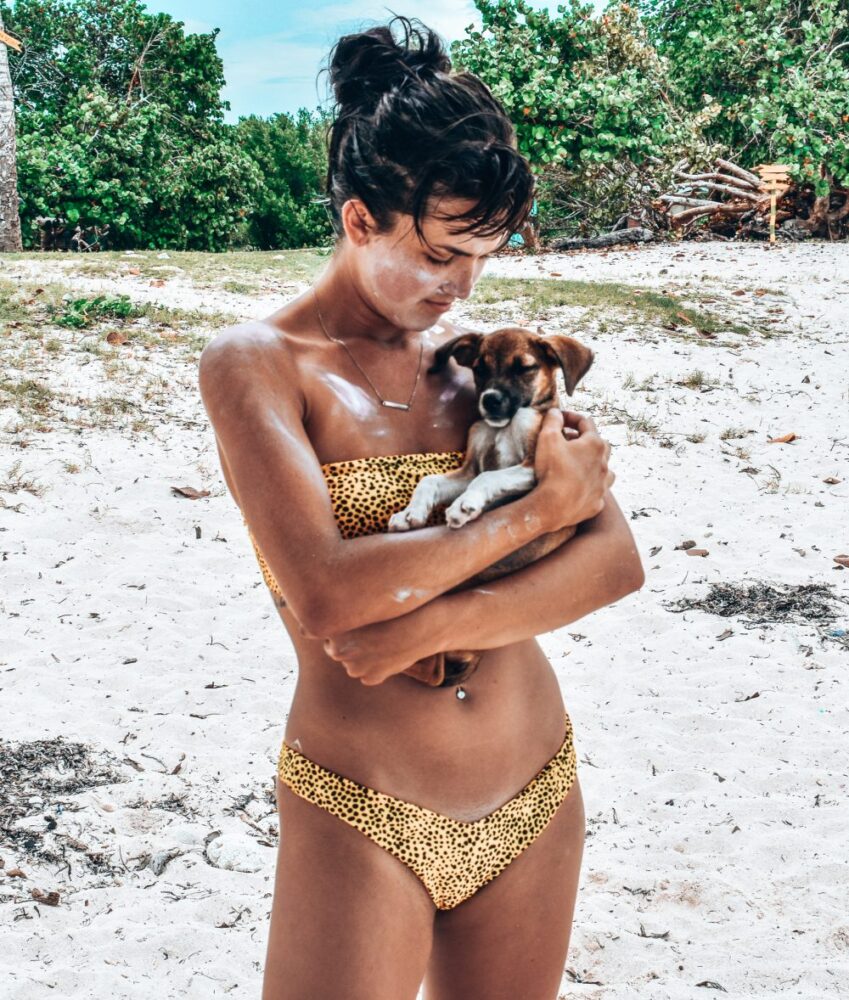


No Comments